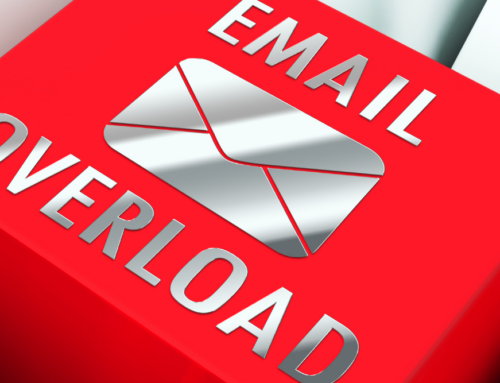 When Facebook changes its news feed algorithms, it’s all nonprofit communicators want to talk about.
When Facebook changes its news feed algorithms, it’s all nonprofit communicators want to talk about.
But much more important algorithm changes are underway elsewhere: Email inbox providers like Gmail, Outlook and Yahoo have been changing the algorithms that decide which emails get delivered and to whom. These changes started a few years ago and are now fully in place, and the algorithms get smarter every day.
When we first started training nonprofits on email marketing many years ago, we included several slides on how to stay out of the spam filter. I cover that in a sentence or two now.
While those best practices on email design and content to stay out of spam filters still exist, a whole new set of rules has been added to them. It’s these “new” rules that really matter and they are the focus of any email training we do now.
Those rules are all about — you guessed it! — engagement. While email seems very different from social media in many ways, it’s not all that different when it comes to engagement.
On Facebook, it’s all about likes, comments, shares and video views. On email, engagement used to mean just opens and clicks.
Those still matter, of course, but inbox providers are also tracking data such as how often you delete emails from someone without reading them and how often you reply to that sender. Those activities that you take in your inbox affect what you see later, just like how Facebook changes what you see in your news feed based on your past engagement with posts.
Engage with content from a certain person or page on Facebook and you’ll see them more often in your news feed. The same is true with email: Engage with emails from a particular sender more often by reading them, forwarding, and replying, and those emails are much less likely to be sent to your spam folder and more likely to be considered “priority” messages.
In fact, Return Path says there are 7 key metrics for email deliverability now:
1. Spam Placement Rate. Percentage of emails sent identified as spam.
2. Read Rate. Percentage of emails sent that are marked as “read.”
3. Deleted Before Reading Rate. AKA the “Ignore Rate.” The percentage of emails deleted before being read (eg based on the sender or subject line alone).
4. Reply Rate. The number of replies to an email out of the total sent.
5. Forward Rate. The number of emails that are forwarded to others out of the total sent.
6. Complaint Rate. The rate at which subscribers report your messages as spam.
7. “This is Not Spam” Rate. The number of times subscribers mark your message as “not spam” or “not junk” after finding it sorted into the spam or junk folder. AKA the “Rescue Rate.”
As email senders, these are challenging metrics because most ESPs (email service providers) that we all use to send our emails out to our mailing lists are not providing these measurements to us (yet).
So what can you do with the data you do have about your sent emails and your mailing list? I talk more about that in Part II!





